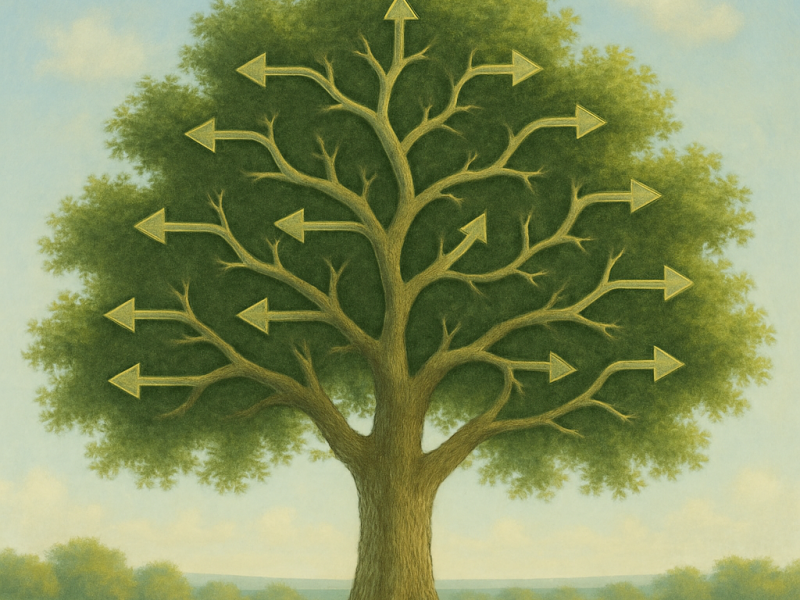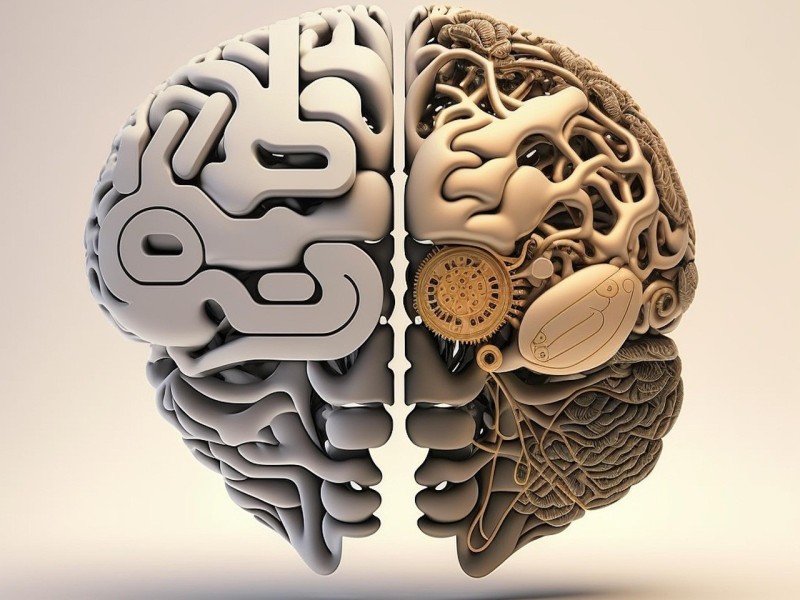Again and again this answer: Deciding is important, yes, but what about my gut feeling when I make a decision? I can’t calculate that! We finally have an answer to this question here.
We all make decisions all the time in our lives. Often we do this automatically and unconsciously, sometimes we make a decision consciously. We are concerned here with the kind of decisions that are important for life or work and that we have to think about for a long time. Interesting reading on this: Thinking, fast and slow.
These decisions usually consist of two halves: a rational side that describes and evaluates the technical factors. And an emotional side, which we often cannot explain how it comes about.
A purely technical decision is often perceived as cold and inhuman - technocratic, in other words. This leads to purely technical decisions being made methodically. For example, the purchase of a house, car or toaster. Criteria that can be easily quantified apply there. And in most cases, the decision is then fine.
Gut feelings are a different matter: Here we often don’t even know which factors play a role. (Oops - now we have to think.) There are certainly criteria here too - but we are not aware of them. For a qualitative decision, it is important to name precisely these factors.
We all know examples of this: likeability or competence in people, quality or design in appliances, image or stability in companies. None of these criteria can simply be quantified with a number - which is why they are not quantitative criteria.
But how can I incorporate qualitative criteria into my decision? That’s the trick: we compare the various options or alternatives in terms of these criteria:
- I like Hans better than Martin
- Hugo is more competent than Hans
- The design of car A is better than that of car B
- Company Q is (seems) more stable than company K
And so on, you can see what it boils down to. This method is called “pairwise comparison”. Theoretically, you now have to compare all options for all criteria. That can be a lot of work, that’s for sure. What’s more, the content of many comparisons can contradict each other.
Once all options have been evaluated according to their criteria, the criteria themselves can still be prioritized. So is competence more important than likeability? And how does appearance compare to these two criteria?
Both together, i.e. the pairwise comparison and the weighting of the criteria, form matrices whose Eigenvalue can be calculated. This mathematical method is called AHP and was developed by Professor Saaty.
With this method, it is possible to evaluate completely “floating” criteria and find the optimal alternative.
It becomes interesting when both methods, the Utility Analysis and AHP, can be calculated together. Then the result of the decision, just like in our brain, consists of two components that can be weighed against each other. In the brain, by the way, this is called the hemispheric dominance model.
And because this is how our brain works, we have designed PhaenoMind with this structure. And that’s why we can make sensible and sustainable decisions with this tool. Please try it out!
#decide #costutility #ahp #hemisphere #phaenomindTagged
You might also like
-
Decisions for life
Published on
-
Brain Balance
Published on
-
-
The 5 Components of a Good Decision
Published on
-
Decision-making generates Responsibility
Published on




